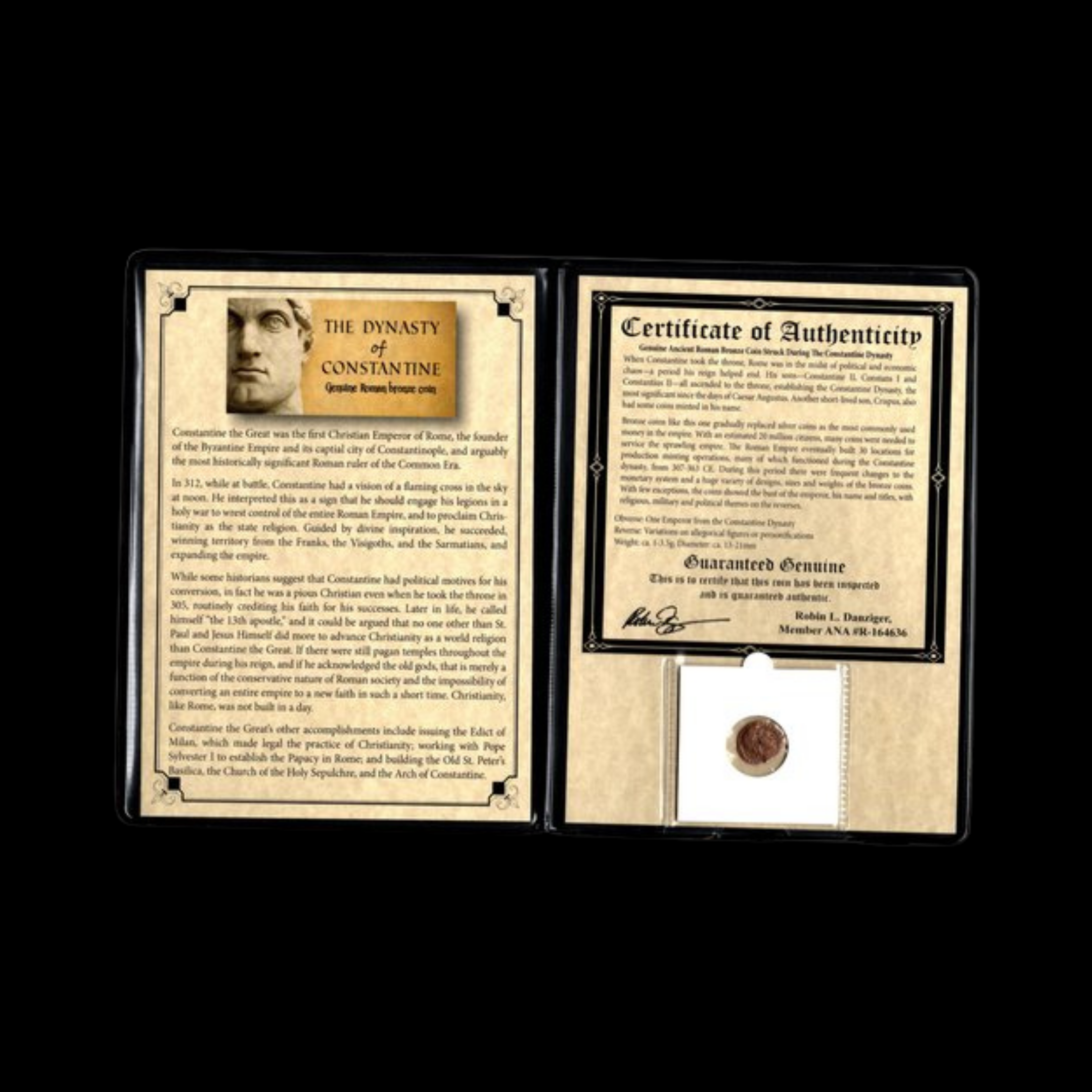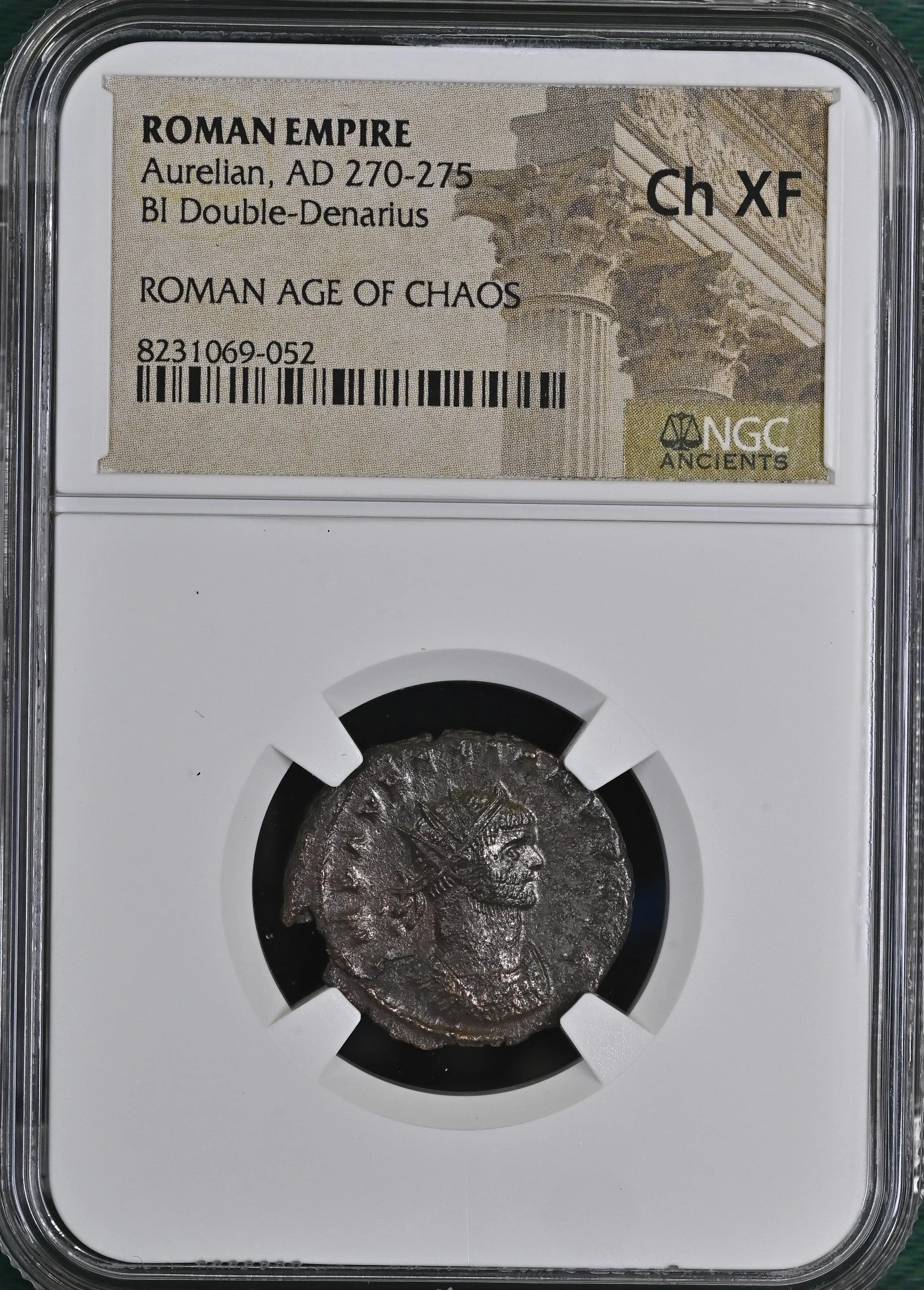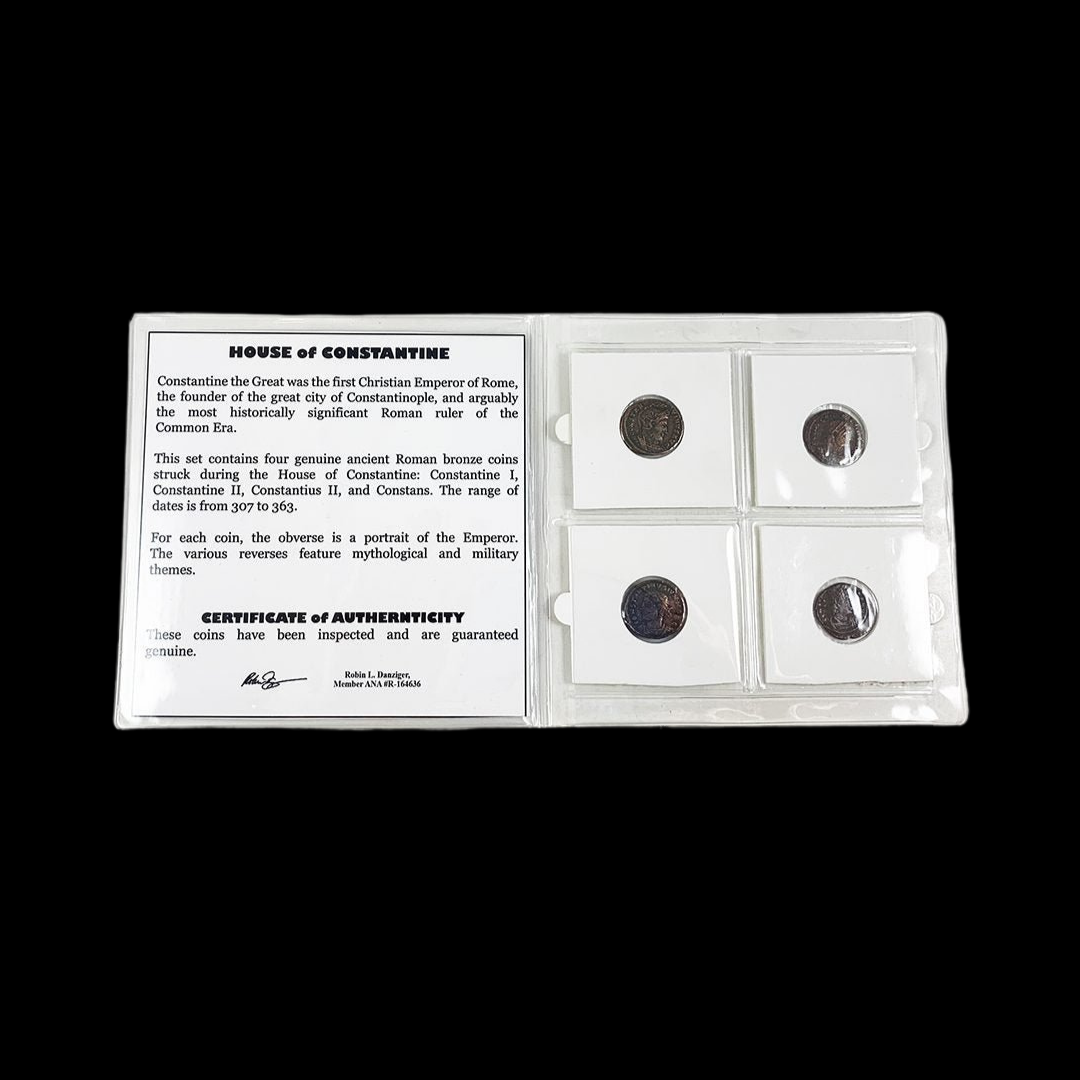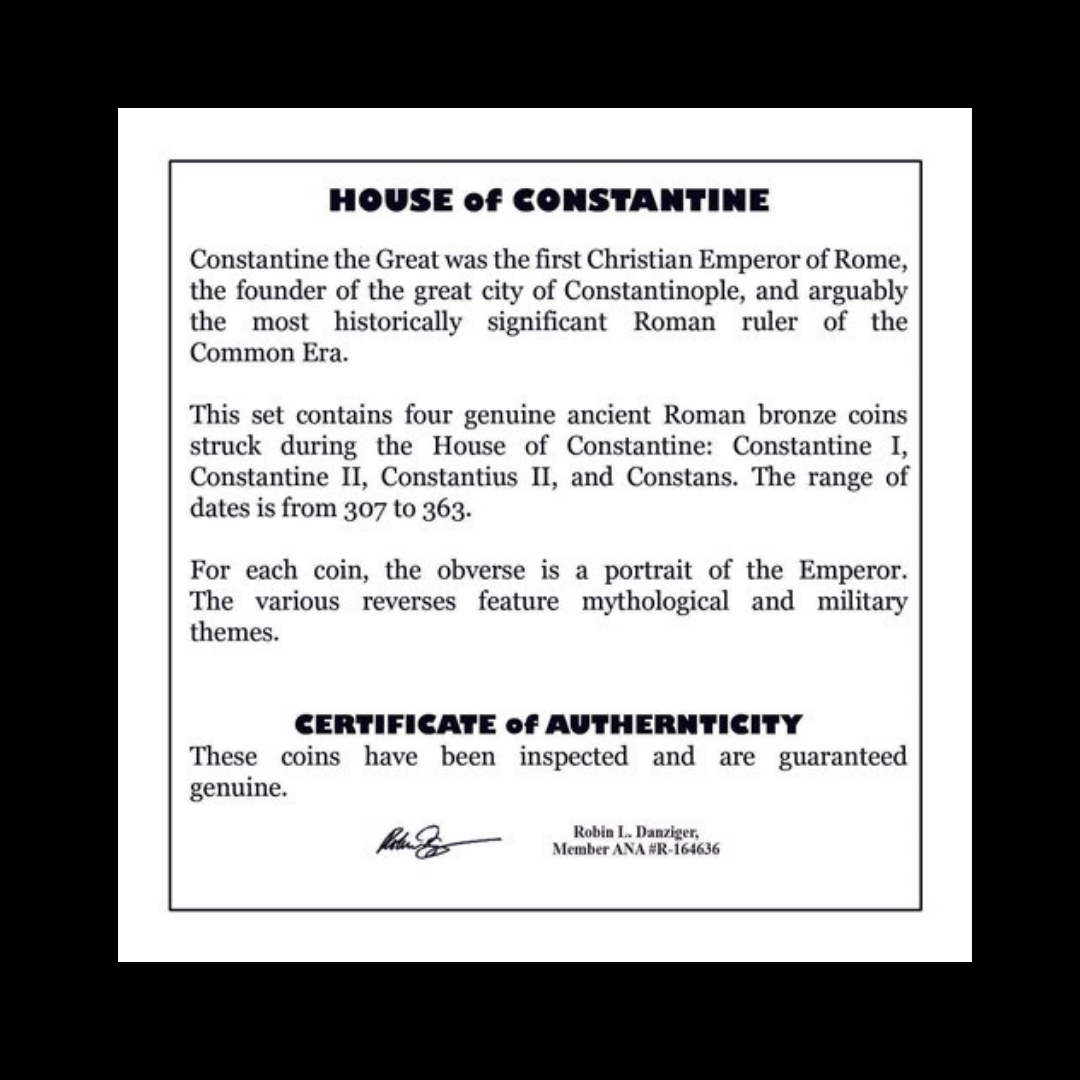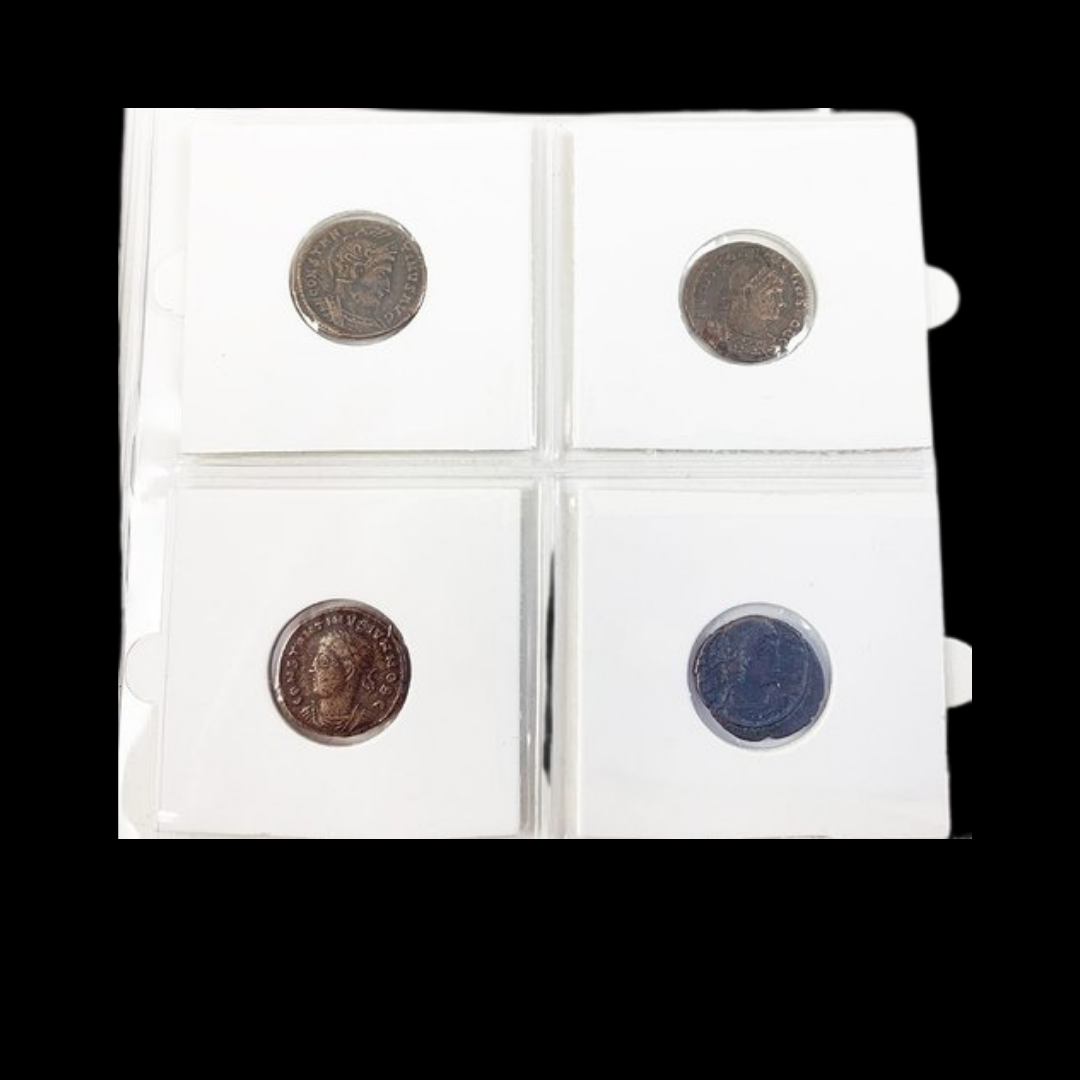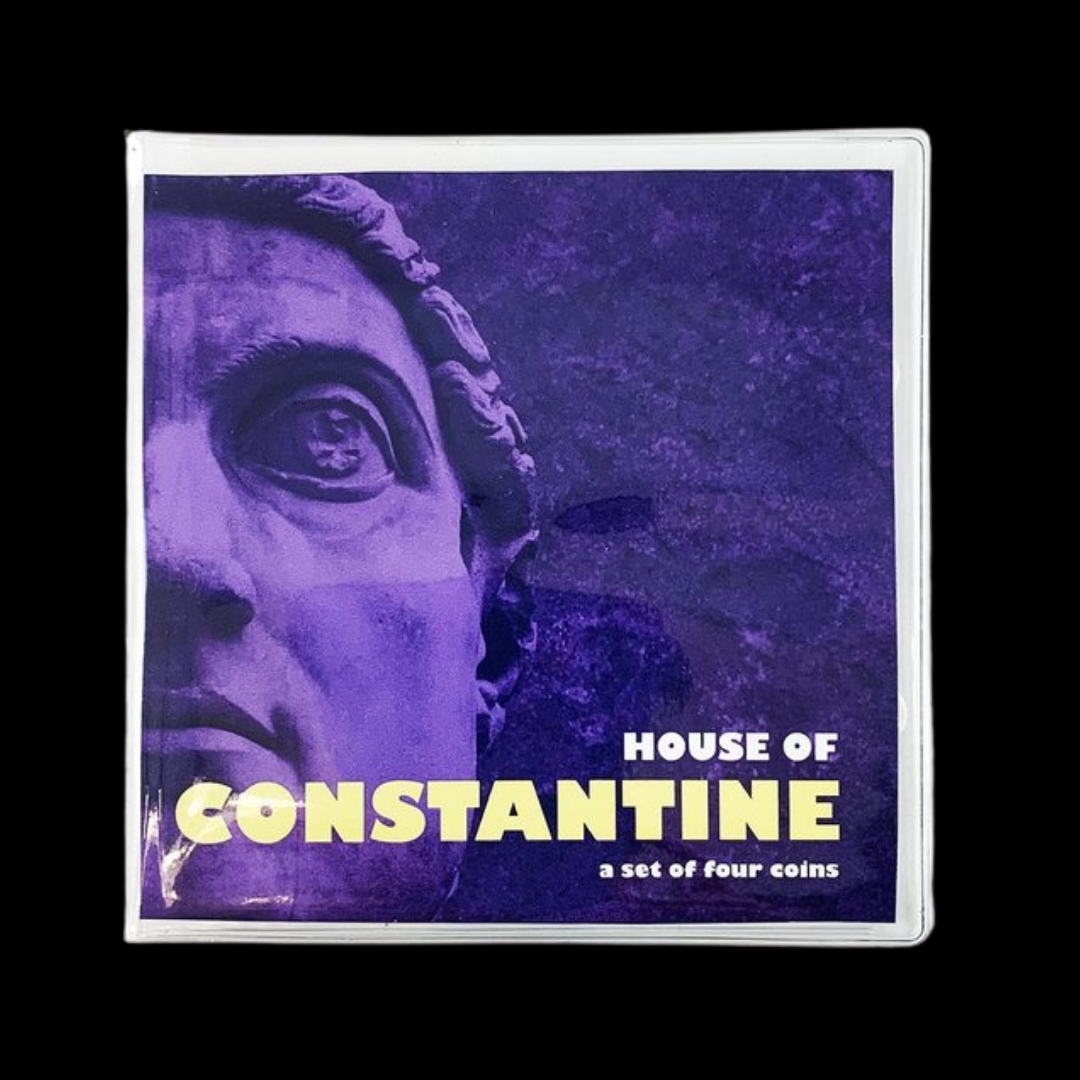 Image 1 of 7
Image 1 of 7

 Image 2 of 7
Image 2 of 7

 Image 3 of 7
Image 3 of 7

 Image 4 of 7
Image 4 of 7

 Image 5 of 7
Image 5 of 7

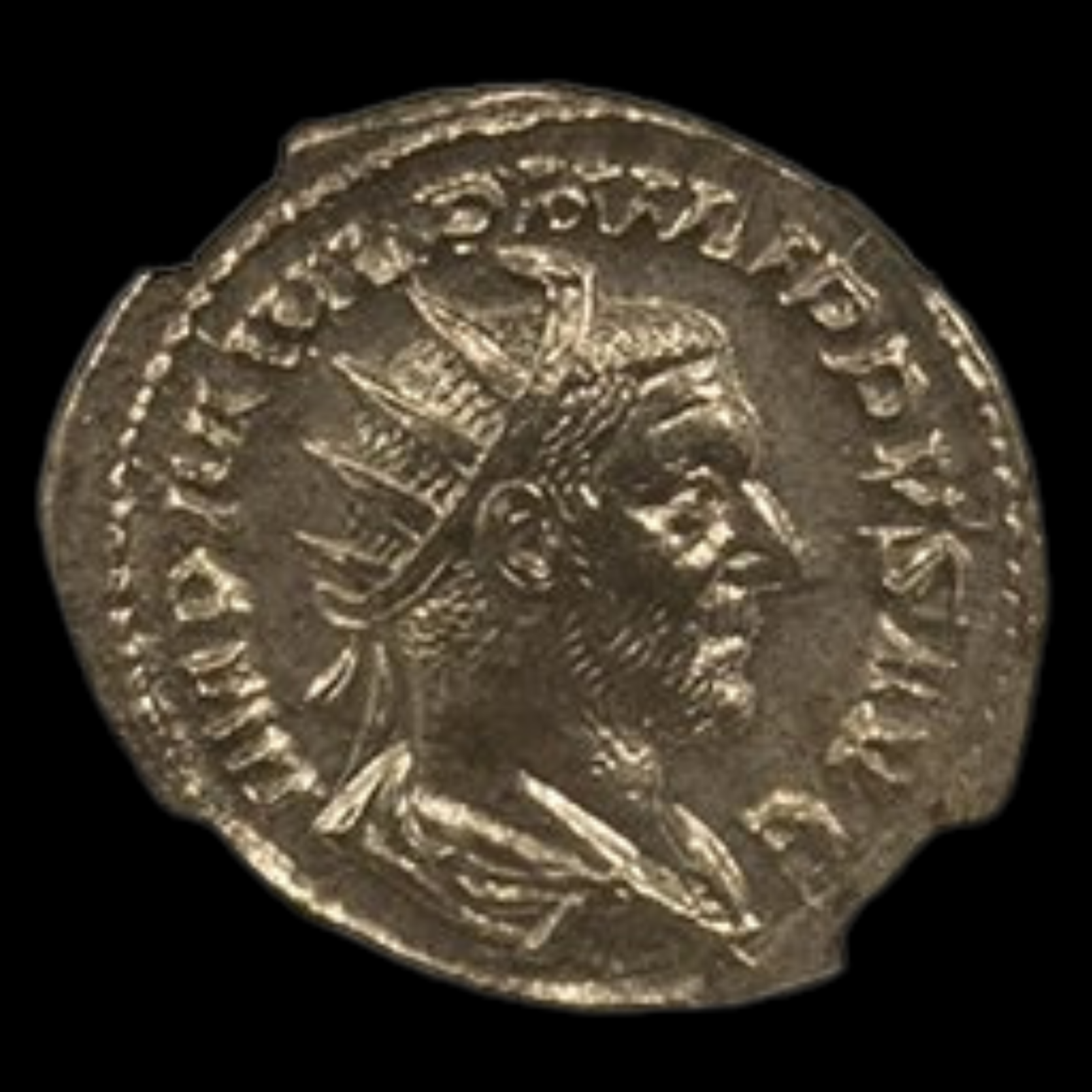 Image 6 of 7
Image 6 of 7

 Image 7 of 7
Image 7 of 7








Roman Silver Antoninianus Of Philip I (About 1,780 years ago) NGC
The coins shown are representative examples of the grade and type, but not the actual specimens for sale. For details on NGC’s grading standards and definitions, please refer to our NGC Grading page.
This coin is a silver antoninianus from the reign of Emperor Philip I (also known as Philip the Arab), who ruled the Roman Empire from 244 to 249 CE. Minted in Rome, this coin represents an important period during the Crisis of the Third Century when the empire faced numerous challenges.
Coin Description:
Front side: Portrait of Emperor Philip I facing right, wearing a radiate crown (a crown with rays like sun rays), and likely with a draped or cuirassed (armored) bust. Latin inscriptions typically include the emperor's name and titles.
Back side: Likely features a Roman deity or personification such as Pax (Peace), Annona (Goddess of the harvest), or another symbolic figure. The reverse would include Latin inscriptions relating to the image.
Technical Details:
Silver composition with copper alloy (billon)
Antoninianus denomination (equivalent to 2 denarii in the Roman monetary system)
NGC certified and encapsulated in a protective holder (slab)
Minted between 244-249 CE
Condition details provided by NGC certification
Historical Significance:
Philip I came to power after the death of Emperor Gordian III during a campaign against the Persians. As noted in your description, Philip attempted to establish a dynasty by naming his son Philip II as co-ruler. His brief five-year reign took place during the turbulent Crisis of the Third Century, when the Roman Empire faced severe military, economic, and political challenges. Philip is known for negotiating peace with the Sassanid Empire and for celebrating the 1,000th anniversary of Rome's founding in 248 CE. His rule ended when he was killed in battle against Trajan Decius, who had been declared emperor by troops stationed along the Danube frontier.
The coins shown are representative examples of the grade and type, but not the actual specimens for sale. For details on NGC’s grading standards and definitions, please refer to our NGC Grading page.
This coin is a silver antoninianus from the reign of Emperor Philip I (also known as Philip the Arab), who ruled the Roman Empire from 244 to 249 CE. Minted in Rome, this coin represents an important period during the Crisis of the Third Century when the empire faced numerous challenges.
Coin Description:
Front side: Portrait of Emperor Philip I facing right, wearing a radiate crown (a crown with rays like sun rays), and likely with a draped or cuirassed (armored) bust. Latin inscriptions typically include the emperor's name and titles.
Back side: Likely features a Roman deity or personification such as Pax (Peace), Annona (Goddess of the harvest), or another symbolic figure. The reverse would include Latin inscriptions relating to the image.
Technical Details:
Silver composition with copper alloy (billon)
Antoninianus denomination (equivalent to 2 denarii in the Roman monetary system)
NGC certified and encapsulated in a protective holder (slab)
Minted between 244-249 CE
Condition details provided by NGC certification
Historical Significance:
Philip I came to power after the death of Emperor Gordian III during a campaign against the Persians. As noted in your description, Philip attempted to establish a dynasty by naming his son Philip II as co-ruler. His brief five-year reign took place during the turbulent Crisis of the Third Century, when the Roman Empire faced severe military, economic, and political challenges. Philip is known for negotiating peace with the Sassanid Empire and for celebrating the 1,000th anniversary of Rome's founding in 248 CE. His rule ended when he was killed in battle against Trajan Decius, who had been declared emperor by troops stationed along the Danube frontier.










